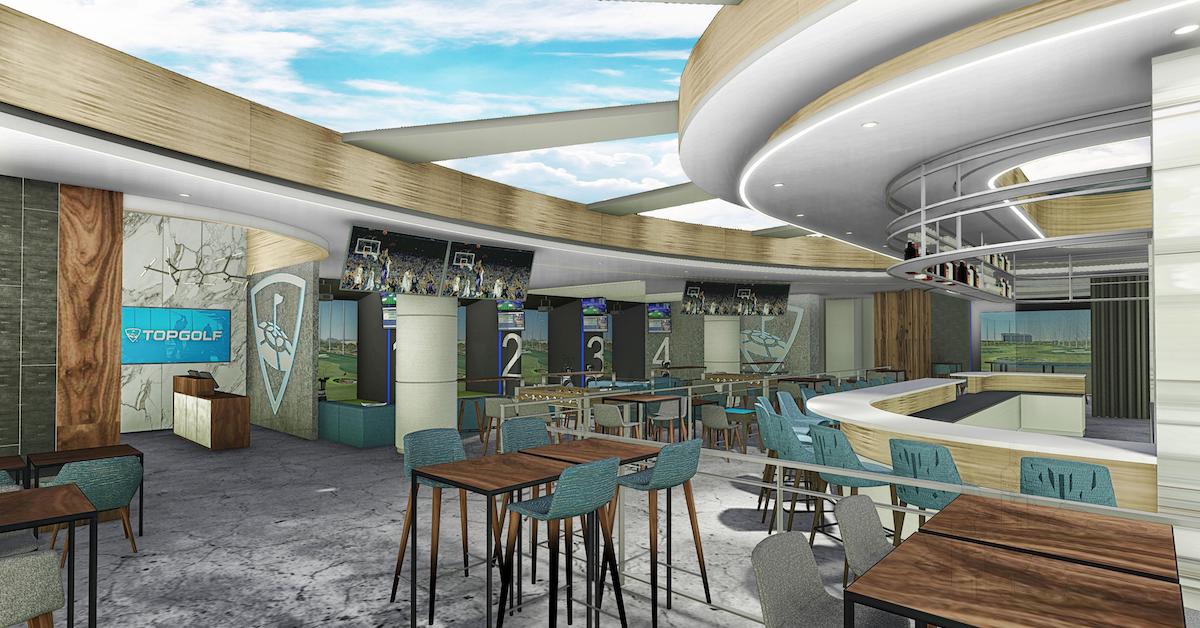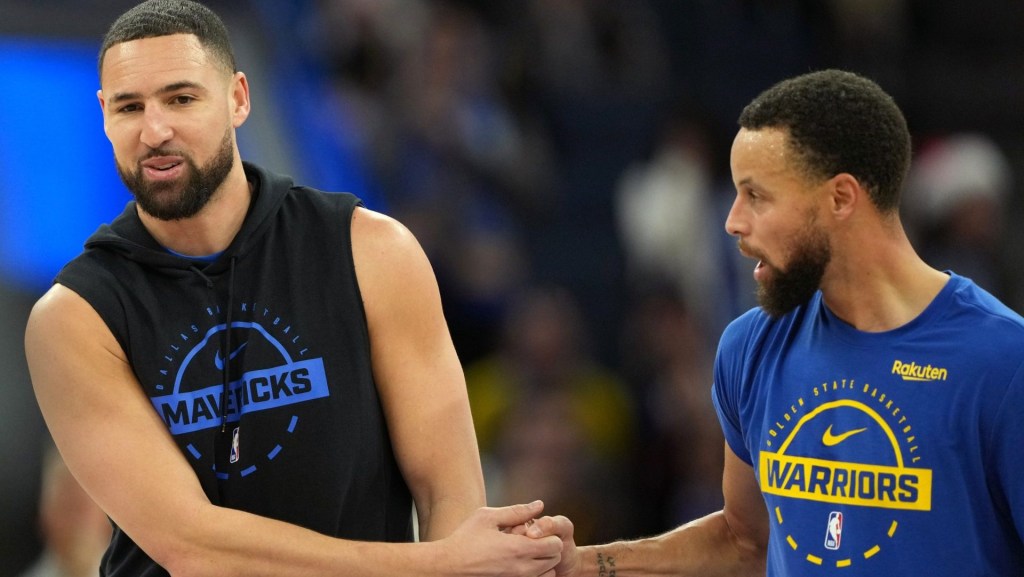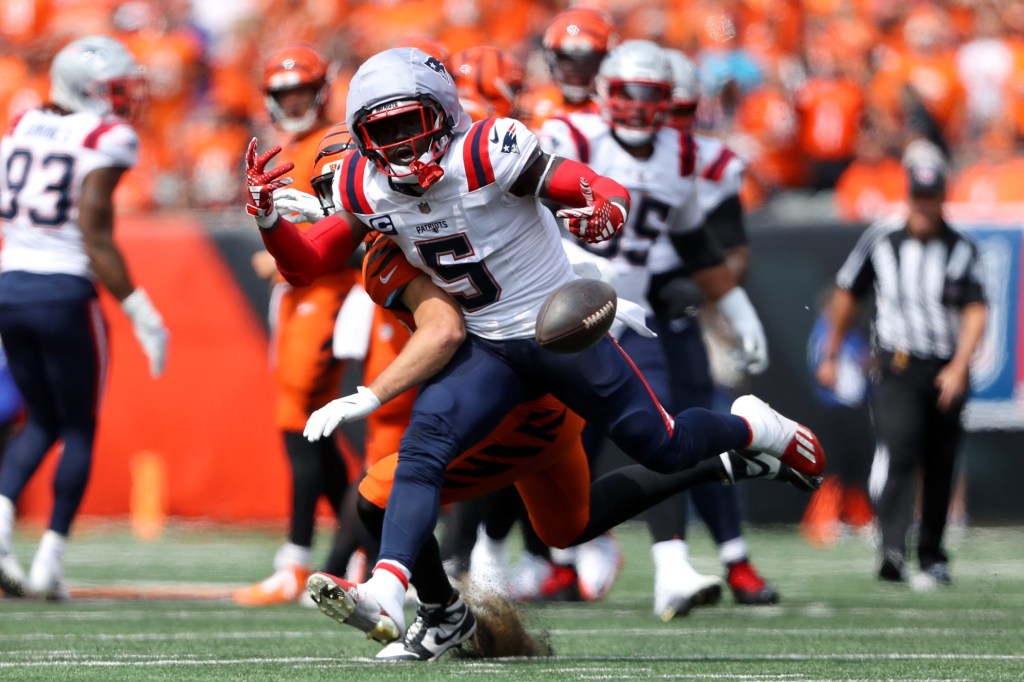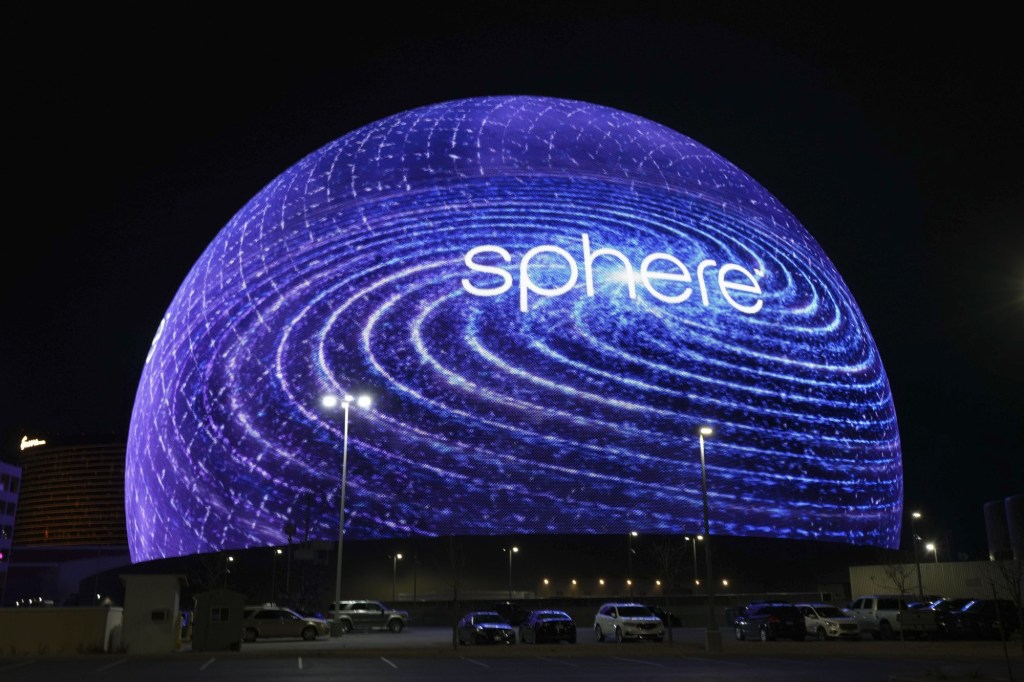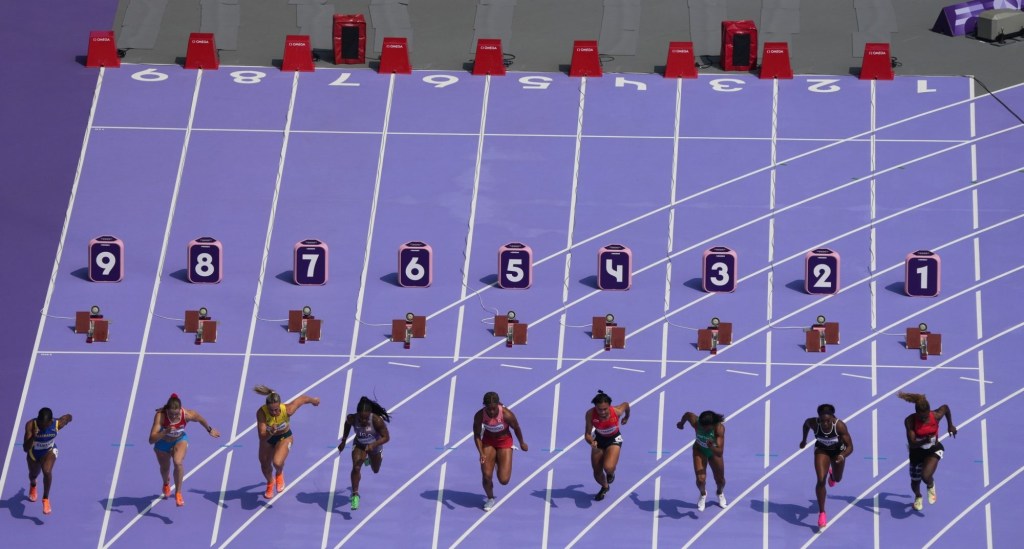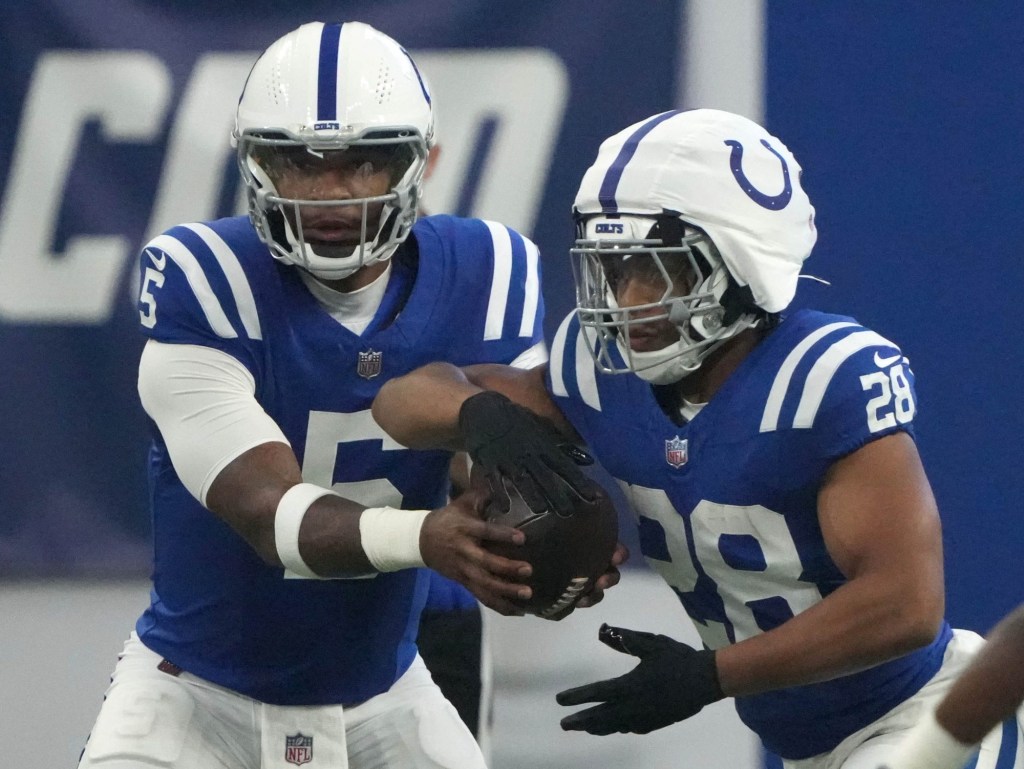
Photo Credit: Topgolf
Topgolf has exploded in popularity over the past decade, but the original concept’s physical footprint is a limiting factor of where the golf game can expand. Topgolf believes that limitation will soon be lifted through the introduction of the Topgolf Lounge.
Topgolf Lounges will distill the multi-tier interactive golf game into an indoor experience using the company’s virtual Swing Suite technology and incorporate the entertainment aspects like food and beverage programs into densely packed urban areas and smaller communities. The first location is set to open in the Seattle suburb of Kirkland this fall. The 7,761 square-foot location will have four public Swing Suite bays and a private VIP bay.
“The outdoor experiences have taken communities by storm, and we’re really trying to serve and make golf as accessible as possible,” said Ron Powers, Topgolf Lounge and Swing Suite president. “We know the technology works and the engagement works. Now we need to figure out the balance and an indoor we can extend to highly dense populations.”
READ MORE: Executives Believe Golf’s ‘First-and-10 Line’ Can Help Build the Sport
The Topgolf Swing Suite was developed to offer virtual golf games in compact settings, and the company currently has approximately 130 Swing Suite bays across 50 locations ranging from bars to casinos. Currently, Topgolf licenses out the bays and lets the facility control the pricing and setting.
Within Topgolf Lounges, however, the company controls the whole experience — including pricing, service and food and beverage — and wants to further penetrate markets with their models. Powers called the lounges an “elevated, more intimate” Topgolf experience.
While Powers wouldn’t divulge specific growth plans for Topgolf Lounges beyond the Kirkland debut, he said the company believes the lounge concept is viable in markets across the U.S., specifically two ideal settings. The first is high-density, inner-urban locations — largely on the East Coast in cities like New York, where property isn’t available for the large footprint original concept. For now, the closest access to Topgolf in some regions is 12-to-15 miles on the periphery of a city center, Powers said.
“Now we can bring Topgolf into the core and complement the large facilities,” he said. “It’s thinking about what can we do with the different services to entertain the guests.”
The second is in smaller communities where a full venue might not be justifiable, he said.
[mc4wp_form id=”8260″]
“We’re an entertainment platform, but the fact we can mean so much to so many communities and contribute to the game of golf — as an athlete and business guy, I can’t think of a better place to be,” he said. “We have a voracious appetite for growth, and we’re looking to serve communities we’re welcomed in. You’ll see growth, I can guarantee that.”
Powers believes Topgolf can have a place in helping grow the game of golf as well as be an entertainment provider for large swaths of the population. A United States Golf Foundation study found that, of new golfers who’ve played less than three years, 23 percent started at Topgolf. That makes for a considerable opportunity considering that the company welcomes 17 million guests annually between its 53 domestic and four international venues.
In a February article in Golf Digest, World Golf Foundation CEO Steve Mona discussed the role Topgolf plays in growing the sport. He said there isn’t yet a straight line of conversion to golf from the entertainment category, but it’s doing some good.
“The piece we think is encouraging, particularly when you look at the golf entertainment models, so Topgolf, Driveshack and, in most cases simulator facilities with social components, that’s introducing people to the game in a fun, relaxed, social and non-intimidating environment,” Mona said. “And these things help to overcome some of the perceptions of golf as being not welcoming and too traditional. So to get people into it in an environment like that, it brings people into golf in a way they associate with it being fun and relaxing, and doing things with friends and the things we think will ultimately cause them into the on-course experience.”
READ MORE: GolfPass Could Set Standard in 21st-Century Sports Media
Now, beyond the original Topgolf experience, the company will look toward the future it has in the virtual space to continue its growth as a business and potential entry point into golf.
Powers joined Topgolf in 2015 coming from the game software space, with the idea to grow Topgolf through technology. Following his arrival, the company soon made an investment in Full Swing Golf, which Powers called the “largest and most progressive golf simulator company in North America.” From there, the company partnered with game developers to rewrite the golf simulator software to replicate the Topgolf experience. Now it’s expanding the offerings with games like zombie dodgeball and hockey and baseball experiences.
Topgolf clearly has ambitious plans moving forward, all in the name of greater entertainment. They may just grow the sport of golf while they’re at it.
